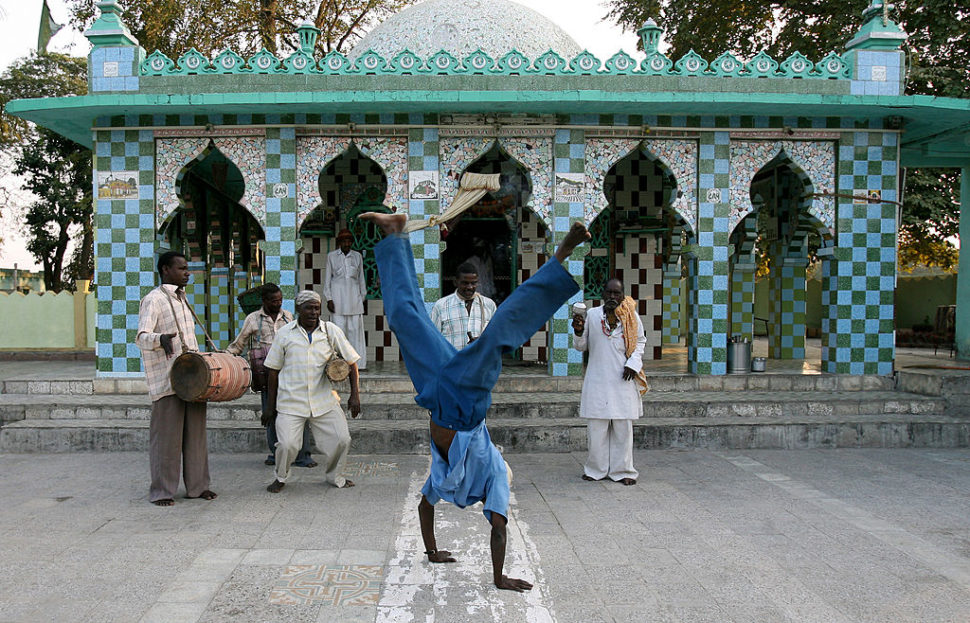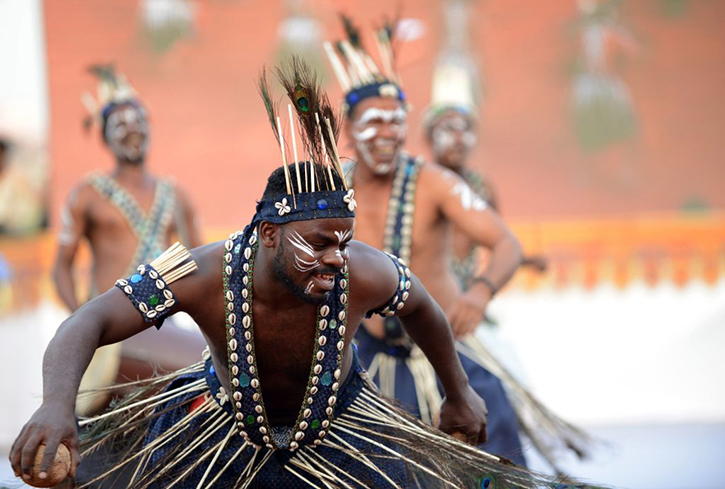Found in the South Asian countries of India and Pakistan, Siddis (also Sidis, Sheedis, Seedhis, etc.) are primarily descendants of Africa’s Bantu tribe, with some having East African roots.
Although it is debated when they first arrived in Goa, India, it is most commonly believed to be sometime between the 4th and 6th Centuries.
Many were taken from Mozambique and enslaved by the Portuguese. Others came as traders and sailors. Over time, the Siddis moved to various regions in Karnataka, India, later spreading throughout India and Pakistan. Today there are an estimated 50,000 to 55,000 Siddis in India.

According to Dr. Sylviane A. Diouf of the Schomburg Center for Research in Black Culture, as reported to BBC, Africans in India were positioned in important jobs as soldiers, palace guards, and bodyguards due to their military prowess and administrative skills.
Eventually, she said, “They were able to rise through the ranks becoming generals, admirals, and administrators.”
The Schomburg Center’s Kenneth Robbins said Siddis “were an integral part of several Indian sultanates and some of them even started their own dynasties. They really flourished as traders, artists, rulers, architects, and reformers between the 14th Century and 17th Century.”
But what is the most remarkable about the Siddis is how they have been able to hold on to their distinct cultural identity over the years.
While they have adopted many elements of South Asian culture, such as language and religions (Hinduism, Islam, and Catholicism), they have also managed to preserve much of their native African culture.
Although their dress is influenced by Indian culture, they also wear leaf and feather-adorned skirts and necklaces and face paint reminiscent of their African origins. The Siddis roots are also apparent in their use of spiritual healing, which includes rituals and plant medicine.
According to Dr. Seema Solanki, author of The Ethnomedical System of the Siddis of Gujarat, India, Siddi women use ‘golis’ vaginal balls made of plants as a traditional medicine to heal and tighten. This is not unlike the practice of vaginal steaming, which is done to achieve the same outcomes and is said to have originated in Africa.

But perhaps the most apparent link to the Motherland can be seen in the Siddis style of music and dance, which more closely resembles that of Africa than South Asia.
In his article for The Hindu newspaper, Richard Samuel said, “They are widely known for their expressive dance form Siddi Dhamal, which portrays their community life.”
“Dhamal was originally performed as a celebratory dance, when members of the community returned from a successful hunt. Today, the Siddis dance on any occasion.”
Although many modern Siddis work primarily as farmers, notable Siddis throughout history have included Malik Ambar, military strategist and Prime Minister of the Ahmadnagar Sultanate, poet Noon Meem Danish, and boxer Abdul Rashid Qambrani.
Most recently, Tanzeela Qambrani became the first Sheedi woman elected to Pakistan’s Sindh Assembly in 2018.





